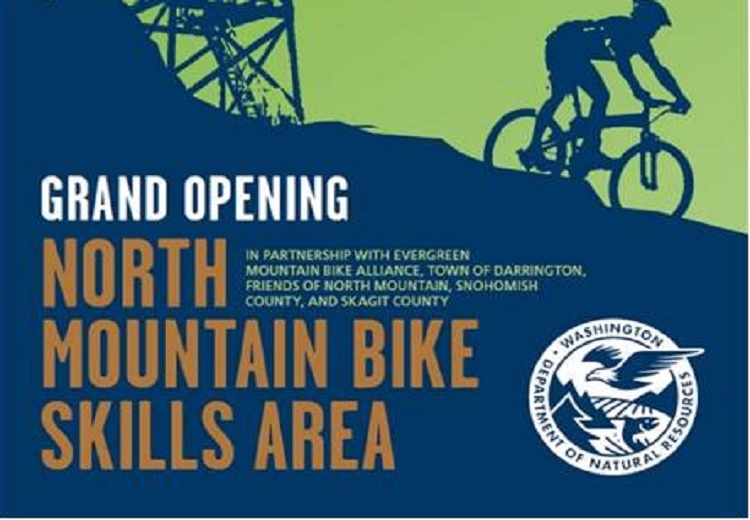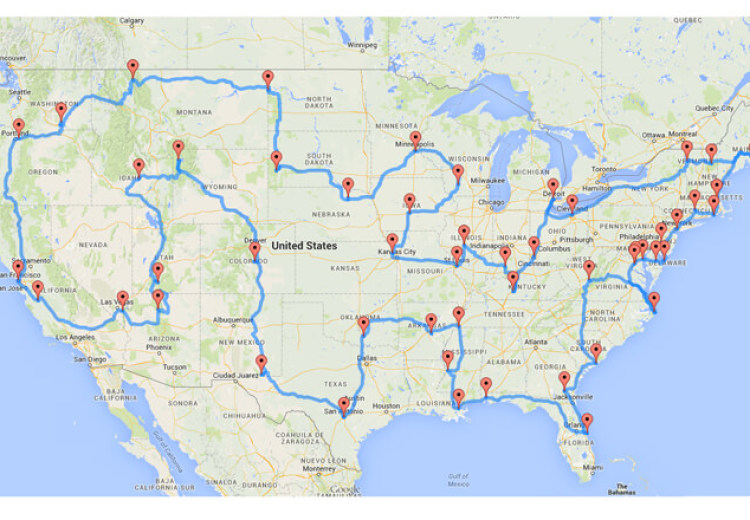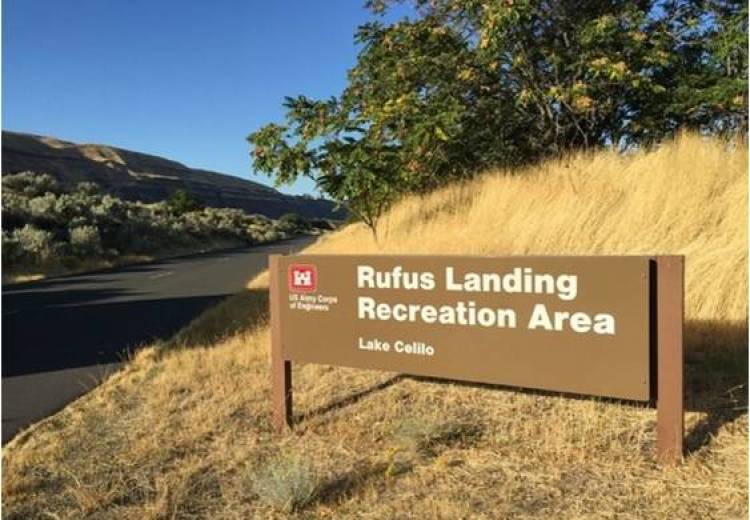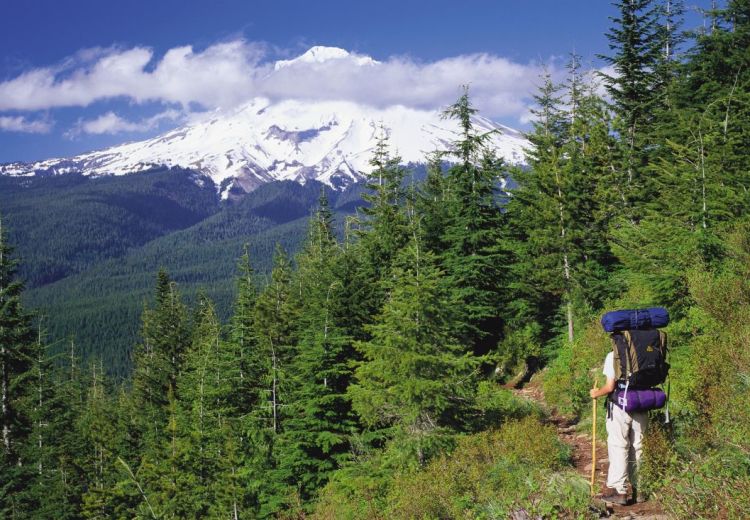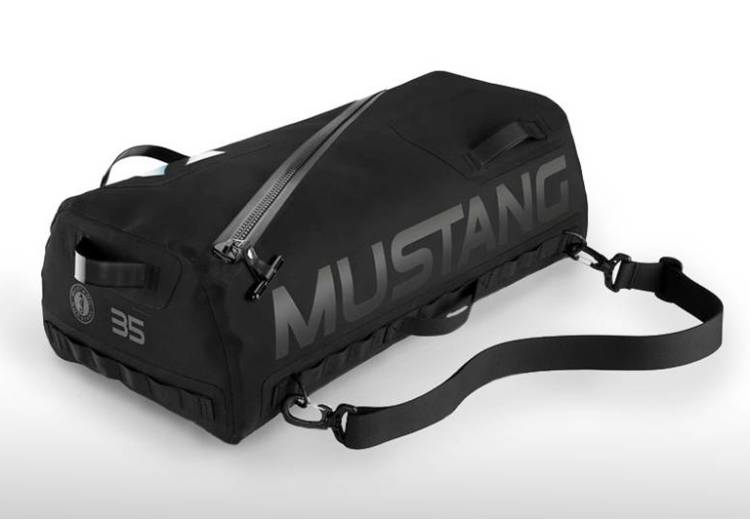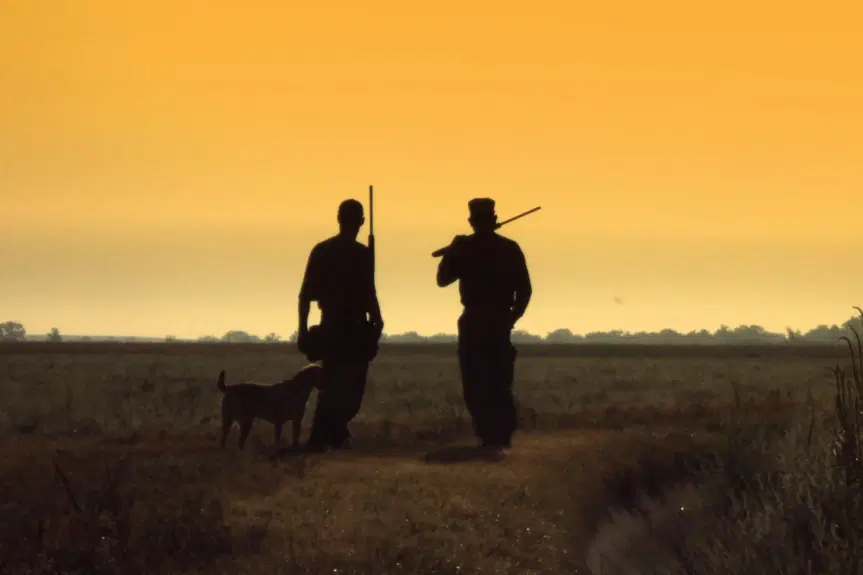
Hunters and a dog wait at daybreak to work a field for pheasants in southeast Colorado.
Hikers exploring Colorado’s designated state wildlife areas will be required to have hunting or fishing licenses as a result of a new policy that goes into effect Wednesday.There are two reasons for the new policy. The management of state wildlife areas is funded through the purchase of hunting and fishing licenses for the purpose of conserving habitats and wildlife-related recreation. State law requires Colorado Parks and Wildlife to separate its funding sources for both wildlife areas and state parks, which are funded by park passes.
The other reason has to do with growing visitation numbers.
“We are seeing unprecedented use of our public spaces and our state wildlife areas that is affecting our wildlife in these areas,” said CPW spokesman Travis Duncan. “I don’t want to say I’m discouraging hiking, but I am encouraging folks to look up what the intended use of that property is.”
An example is the Mount Evans State Wildlife Area west of Evergreen.
“Every year when we open the gate for that wildlife area to start letting cars through, we see all the wildlife disappear,” Duncan said. “They get driven off from so much traffic, from so much human use. That’s one example of the kinds of things that are happening around the state.”
Keep in mind that the Mount Evans State Wildlife Area represents just a small fraction of the public land that surrounds Mount Evans, most of which is managed by the U.S. Forest Service.
There are more than 350 state wildlife areas in the state. Local examples include Bergen Peak and Ralston Creek. The Ralston Creek SWA is located adjacent to Golden Gate Canyon State Park. Fines for hiking in a SWA without a license are set at $100 plus a $39.50 surcharge.
“Our first priority with our officers and other staff will be seeking to educate first, especially over the course of the next year,” according to a list of frequently asked questions on the CPW website. “However, if officers are continually contacting the same individuals who are not following the rules, they may choose to issue a citation. We’re also looking into updating signage, especially in areas where the rules may be confusing.”
Colorado Parks and Wildlife has an interactive map on its website that lists SWAs and their intended uses.
“This new rule change will help our agency begin to address some of the unintended uses we’re seeing at many of our State Wildlife Areas and State Trust Lands,” CPW director Dan Prenzlow said in a news release. “We have seen so much more non-wildlife related use of these properties that we need to bring it back to the intended use — conservation and protection of wildlife and their habitat.”


